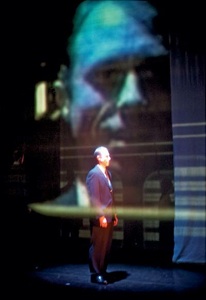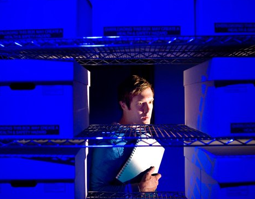According to a lovely Diary piece in the London Review of Books
by Keith Thomas, the historian G M Young described his method as
reading until you can hear the people talking. I can recognise that;
writing my thesis, I read so much written in the 1940s and 1950s, I felt
I could pastiche the style with ease, so vivid was that slightly
removed use of language, its adjusted vocabulary, its particular
locutions.
I’m currently writing about British
theatre in the 2000s. This presents a very different challenge for the
historian because I don’t need to hear the voices, because I have heard
the voices; I lived through the decade and heard them every day.
Of course, what I need to do is cut
through the noise and grasp what is distinctive about the voice of the
2000s. This is to provide a context for thinking about the theatre,
specifically the playwriting, of the decade.
Ironically, though, I can think of no
better way of hearing the distinctive voice of a decade - that slightly
removed use of language, its adjusted vocabulary, its particular
locutions - than by reading its plays. The great playwrights of the era
capture something about the language and attitudes of the time,
estranged and pared down in a way that makes us suddenly aware of our
particularity.
Needless to say, going to the plays to understand the context for the plays may generate a certain circularity of critical perspective...



![photo[1].jpg](https://images.squarespace-cdn.com/content/v1/513c543ce4b0abff73bc0a82/1362919072201-PZO854G4SEB794DVOEI8/photo%5B1%5D.jpg)
